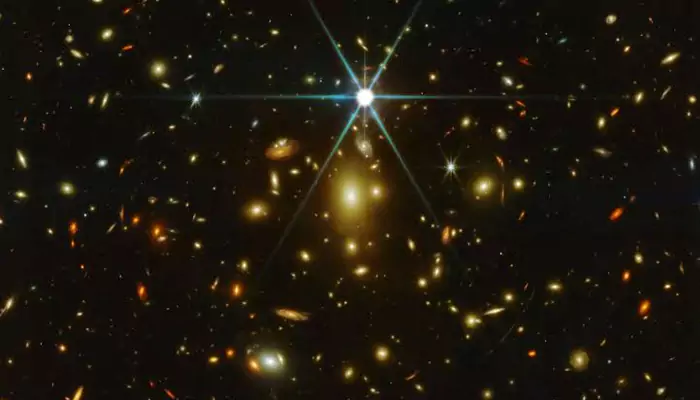
Here are today’s most important updates from the realm of Science and Space.
Earth Under Threat: Solar Flare Powering Destruction Beyond Imagination
Scientists have warned that a devastating solar superflare is overdue on Earth, which can be more powerful than billions of atomic bombs when it hits the planet. As per the researchers, these disastrous events happen to occur once every 100 years and not once every 1,000 to 10,000 as was believed earlier. If Earth is hit by such a powerful event, it can be more devastating because of the world's increased dependence on satellite communication networks. In the observation, the researchers saw 2,889 superflares on 2,527 observed stars and concluded that a superflare occurs roughly once every century.
Cyclone Showdown: What Happened When Two Storms Met in the Indian Ocean

A new study by the researchers from the University of Oldenburg has revealed significant insights into the interactions between tropical cyclones and ocean dynamics, particularly following the rare collision of two cyclones named Seroja and Odette, in the Indian Ocean back in April 2021. The encounter occurred northwest of Australia, where they came within 1,600 kilometers of each other. The study indicated that the merging of the cyclones led to a remarkable cooling of sea-surface temperatures by 3 degrees Celsius and triggered a process known as upwelling, where cold water from depths of 200 meters was churned to the surface at unprecedented rates of up to 30 meters per day.
Frozen Titan Breaks Free: Largest Iceberg Escapes Vortex Grip

The world's biggest iceberg, A23a, which is 3,800 sq km (1,500 sq miles), and more than twice the size of Greater London, and is 400m (1,312ft) thick, is on the move again after being trapped in a vortex for most of the year. The iceberg is expected move towards the sub-Antarctic island of South Georgia, guided by the Antarctic Circumpolar Current. Scientists are also closely monitoring the impact of A23a as it drifts through different environments. They are examining how the iceberg is affecting the local ecosystem, particularly in terms of nutrient supply and carbon cycling.
Grand Spiral Design: Hubble Showcases Galaxy Alive with Star Births
Galactic glory 🤩
— Hubble (@NASAHubble) December 13, 2024
This spectacular #HubbleFriday view shows the galaxy NGC 5643.
Located 40 million light-years away, this is a "grand design" spiral galaxy, meaning that it has a symmetrical form with two large spiral arms that are clearly visible: https://t.co/wu7M7cvJfB pic.twitter.com/BCNAUvcm88
Credit - X/@NASAHubble
The Hubble Space Telescope has revisited a large spiral galaxy designated as NGC 5643 at a distance of 40 million lightyears from the Earth in the constellation of Lupus. Face-on galaxies with well-defined spiral arms are called ‘grand design’ spiral galaxies. Lining the spiral arms are bright blue stars, that are massive, energetic and young. The rose blooms are stellar nurseries, where hundreds of thousands of new stars are being born. There are also dark lanes of gas and dust that extend across the spiral arms, and are the raw material from which new stars are born. The central regions of NGC 5643 has a bar shaped structure, that is believed to play a role in the transport of gas and dust to the supermassive black hole occupying the core of the galaxy.












